We couldn’t stay in Invercargill without having a trip down to Bluff. Jack Spencer landed in Bluff in 1824 and founded one of the earliest settlements in New Zealand. The small town has a natural harbour and a history of whaling, sealing and shipping. Bluff never aspired to the dizzy heights of the wool rich towns like Oamaru, and is still very much a working town. Known for it’s oyster dredging industry, Bluff is home to the best oysters in the world. It’s true, we ate some last night!
Up the 876ft Bluff Hill we drove to get to the lookout for an overview of the surrounding area. The circular viewing platform was not here on our last visit many years ago, and was completed in 2001. And what a view we got. Bluff is made up of a very flat landscape, and we could see the town, Tiwai Point Aluminium Smelter, Stewart Island, and a host of other smaller islands.
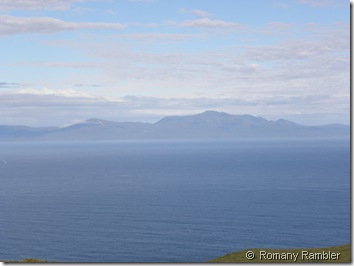 Stewart Island in the distance
Stewart Island in the distance
The world famous Stirling Point signpost was attracting plenty of photographers, everyone wanted to stand in front and get their photos taken, us included. The signpost points the way to twelve locations, including the South Pole, Wellington and London. Geoff and Robin set up their tripods each, pushed the necessary buttons on their cameras, then raced back to join the group for our photos. Stirling Point was named after Captain William Stirling and a whaling station was sited here.
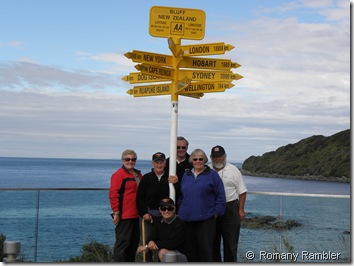 By the famous signpost at Stirling Point
By the famous signpost at Stirling Point
A giant chain reflects the story of Maui, who was a Polynesian voyager with special powers, and how New Zealand came to be. The stories tell how he pulled up Stewart Island from the ocean floor to be the anchor-stone for his canoe. Maui was then able to cast his line and haul out the giant fish which became the North Island.
What’s this – shades of the UK. Seems we have a Land’s End here in New Zealand.
Driving back down the hill we stopped off at Memorial Grove, dedicated in 1946 to honour the men from Bluff who had died in combat. Twenty five trees were planted in the grove by schoolchildren, and a further 300 were planted around the perimeter. The grove is a very peaceful place in which to remember fallen servicemen who gave their lives.
After our picnic lunch on the waterfront amongst the seagulls, our next stop was the Bluff Maritime Museum, with an extremely reasonable $3 entry fee. The displays covered all things nautical, from whaling, oyster dredging, ship wrecks, and to the more modern Seacat guided missiles from HMNZS Southland.
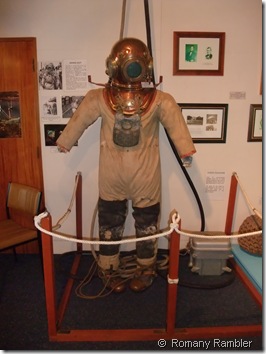 Displays in the Maritime Museum
Displays in the Maritime Museum
Just a few steps away was the oyster boat “Monica”, ready and waiting to let us experience a little of the oyster dredging days when the ship worked in Foveaux Strait collecting these tasty shellfish. The ship was built in 1909 and had quite a varied career before being converted to a fishing boat, and arrived in Bluff in 1937.
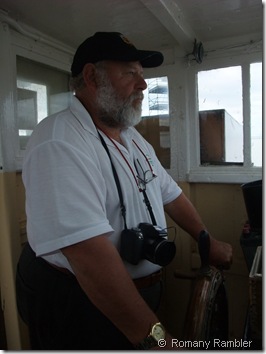 Robin didn’t take much persuasion to step into wheel house.
Robin didn’t take much persuasion to step into wheel house.
Climbing down the extremely steep and narrow set of steps, we had to duck our heads as we entered the working part of the boat. The smell of oil from long ago voyages permeated the air and we commented that there really wasn’t an awful lot of working room for big burly blokes.
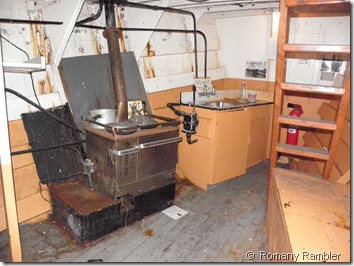 Sink & Oil burner stove below decks
Sink & Oil burner stove below decks
There was more room to move up on deck with the dredges being lifted overhead by the winch.
Muffy was pleased to see us on our return and really, really wanted another nibble at that cat nip. She’s got quite a taste for it now, so I hope she doesn’t go into withdrawal when we move on tomorrow.
Staying at the racecourse there are all sorts of things happening. We took a stroll around the grounds and came across a couple of members from the local wood chopping club – a typical Australasian sport. They take part in competitions and told us that if it wasn’t for their sponsors donating the cost of logs for them to chop to pieces, it would be a very expensive sport indeed. Greyhound Trial Races were held in the early evening. Later this evening a wedding will be taking place in the Members Stand. It could well be a rather noisy night. We will be sorry to leave this handy location – we are on power, with water and toilets available. But it is time to move on, and tomorrow we head off to Gore.
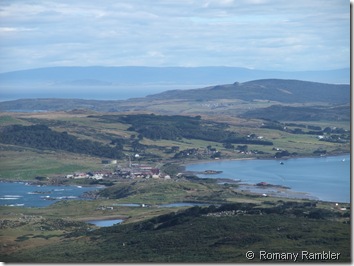
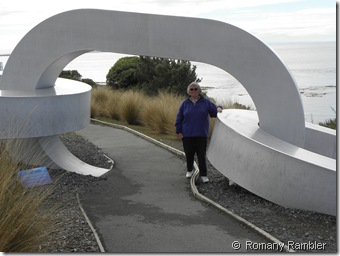

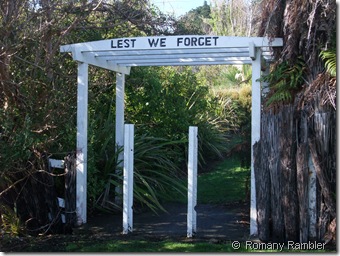
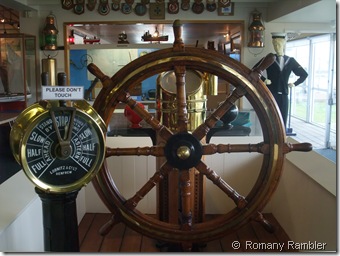
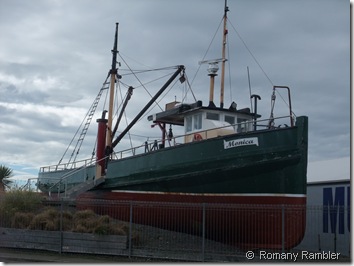
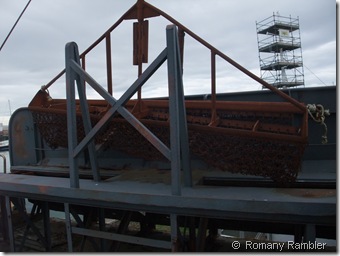

No comments:
Post a Comment